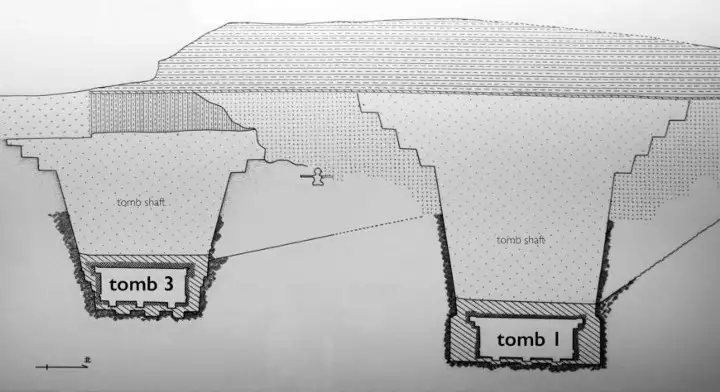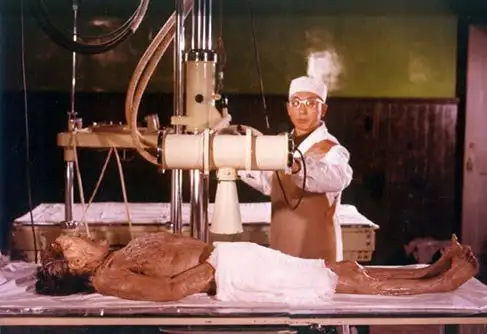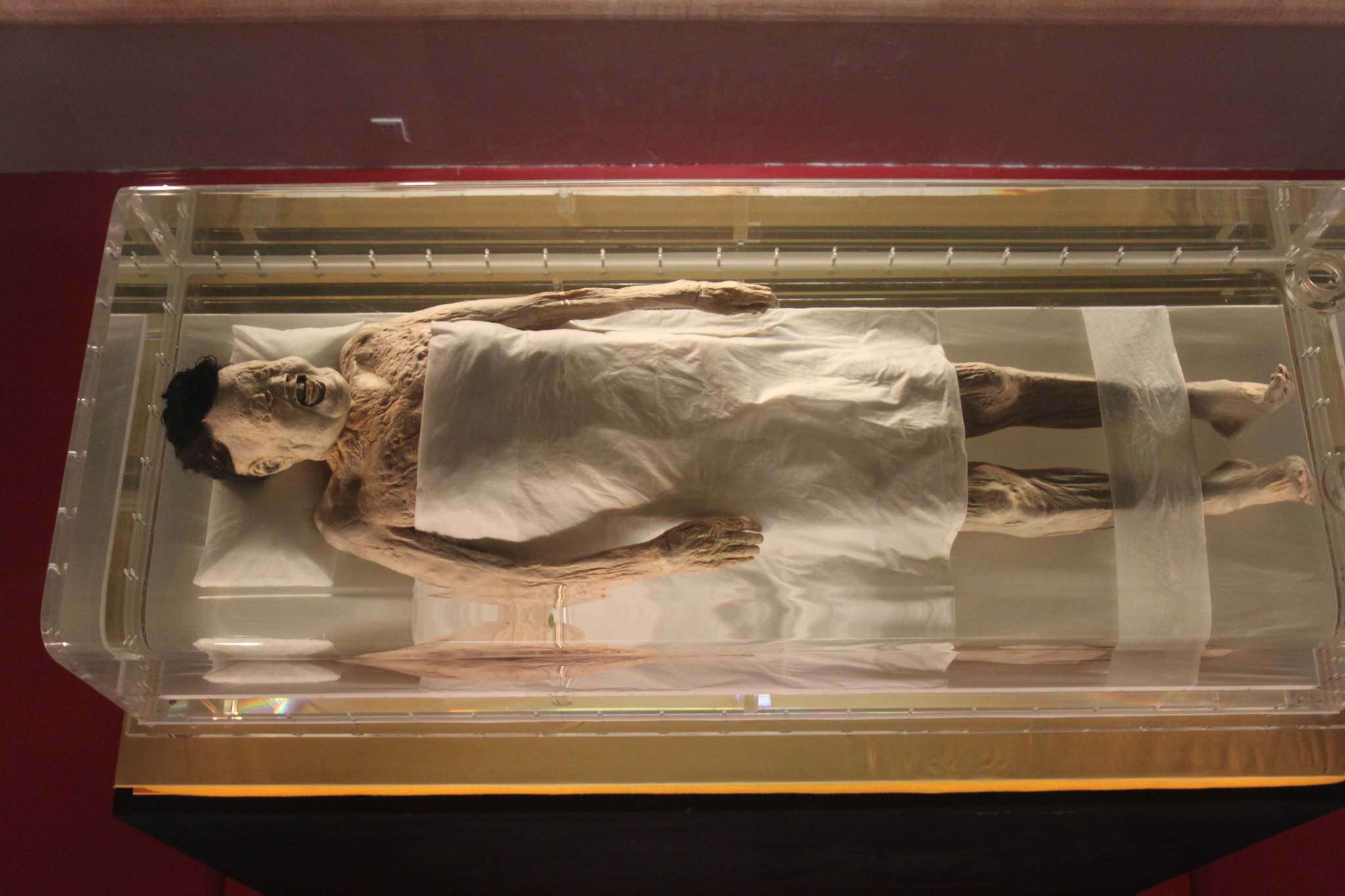 he Lady of Dai, also known as the “Xin Zhui mummy,” is a well-preserved mummy of a Han dynasty (206 BCE-220 CE) woman that was discovered in 1971 in the city of Changsha, Hunan province, China. She is also known as the “Beauty of Dai” and the “Dai Beauty Mummy.”
he Lady of Dai, also known as the “Xin Zhui mummy,” is a well-preserved mummy of a Han dynasty (206 BCE-220 CE) woman that was discovered in 1971 in the city of Changsha, Hunan province, China. She is also known as the “Beauty of Dai” and the “Dai Beauty Mummy.”
The mummy was found in a tomb that had been sealed for over 2,000 years. The tomb contained a wealth of artifacts, including clothing, jewelry, and other personal items. The most remarkable discovery, however, was the mummy itself, which was in an exceptional state of preservation. The preservation of the mummy is so good that her skin, hair, and even her eyelashes are still intact.
She was determined to have been between 50 and 60 years old at the time of her death. She was buried with a variety of items, including a large number of textiles, such as silk clothing and bedding, as well as a variety of personal items, such as combs, mirrors, and cosmetics. The tomb also contained a number of wooden figurines, which were likely intended to serve as servants for the lady in the afterlife.
Hidden Well
The lady of Dai was buried with a number of other people, including a man and several young women, who were likely servants. The lady of Dai was likely a member of the ruling class and her tomb provides a glimpse into the lives of the wealthy and powerful in ancient China.

Her over 1,000-item crypt was designed like a funnel, and it included 162 carved wooden servant figurines, hundreds of pieces of lacquerware, cosmetics, and other useful items. Xin Zhui would likewise be treated to a feast in the afterlife.
The intricate design was impressive and had held up well over two thousand years after it was built. However, Xin Zhui’s physical state was what caught analysts off guard.
She had flexible, touchable skin when she was discovered, much like a real person. Her brows and lashes, as well as the hair on her head and inside of her nostrils, were all in their original positions.
The mummy has undergone several studies, including CT scans and DNA analysis, which have revealed a great deal about her life and death. The CT scans have revealed that she had a number of health problems, including arthritis and a heart condition. The DNA analysis has revealed that she was likely of Han Chinese descent.
The Lady of Dai’s mummy has been on display in the Hunan Provincial Museum since its discovery. The mummy and the tomb’s artifacts provide a unique insight into the life and death of a wealthy woman in ancient China. The well-preserved state of the mummy also gives us a rare opportunity to study the methods used in ancient China for preserving the dead.
Analyzed for Many Years
Experts also found that her veins still contained type-A blood and that all of her organs were in good condition. Additionally, these veins had clots, proving that her heart attack was the official cause of death. Gallstones, high cholesterol, hypertension, and liver disease were among the additional health issues found in Xin Zhui’s body.

Four rectangular pine buildings that were nested within one another were where the bones of Xin Zhui were discovered, buried beneath layers of white mud and charcoal. The corpse was covered in twenty layers of clothing connected with silk ribbons.
One of the most important archaeological discoveries of the 20th century is thought to be the corpse and tomb of Xin Zhui. The bones found in Xin Zhui’s tomb not only included some of the best-preserved human remains ever discovered in China, but they also revealed previously unrevealed information about life during the Han dynasty. The main object of research for body preservation is Xin Zhui, who is currently kept in the Hunan Provincial Museum.
Avid Writer with invaluable knowledge of Humanity!
Upcoming historian with over 30 million views online.
“You make your own life.”





